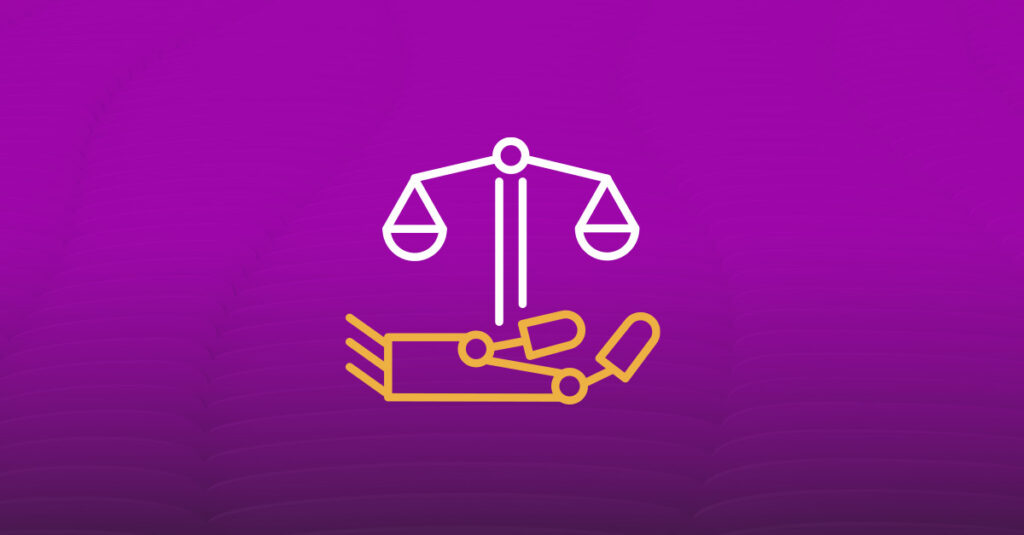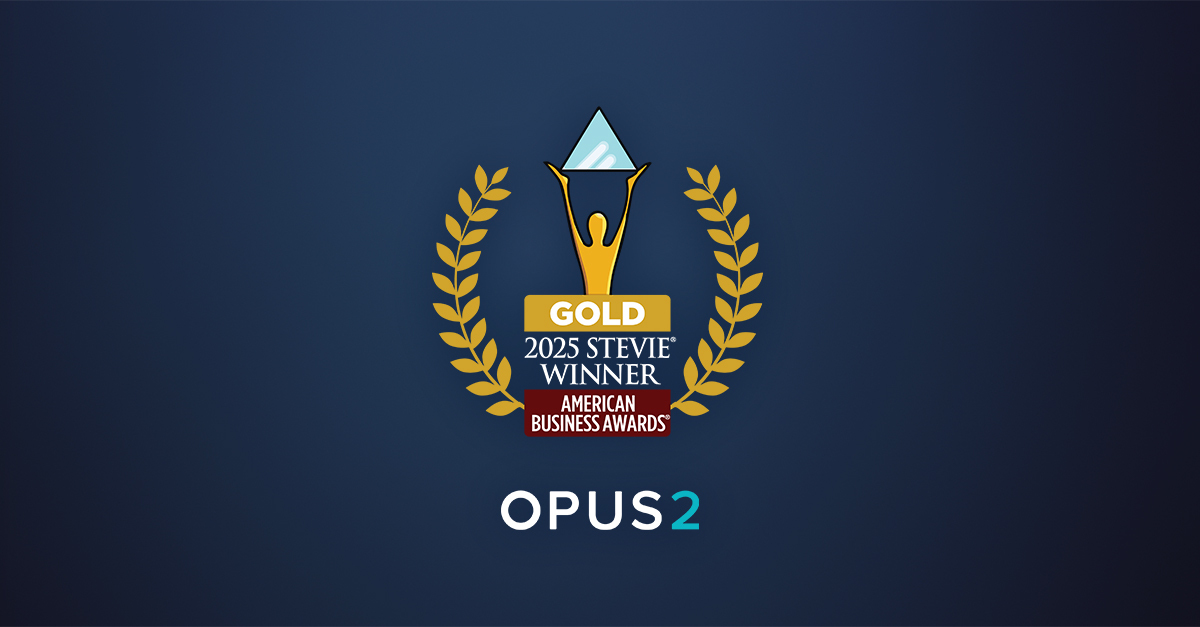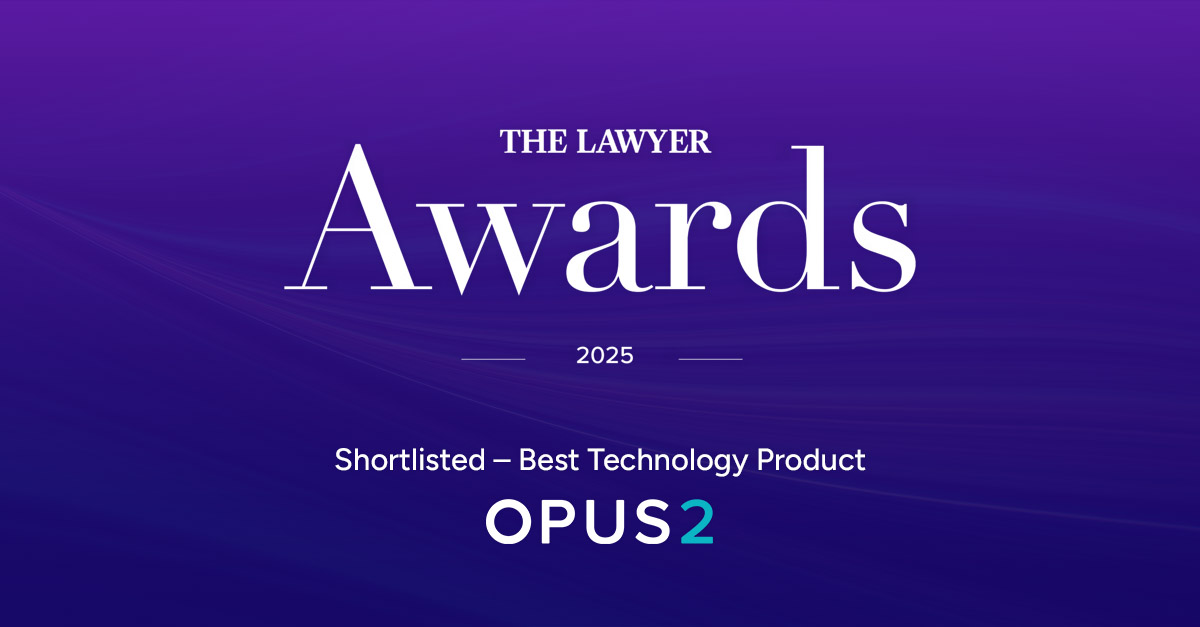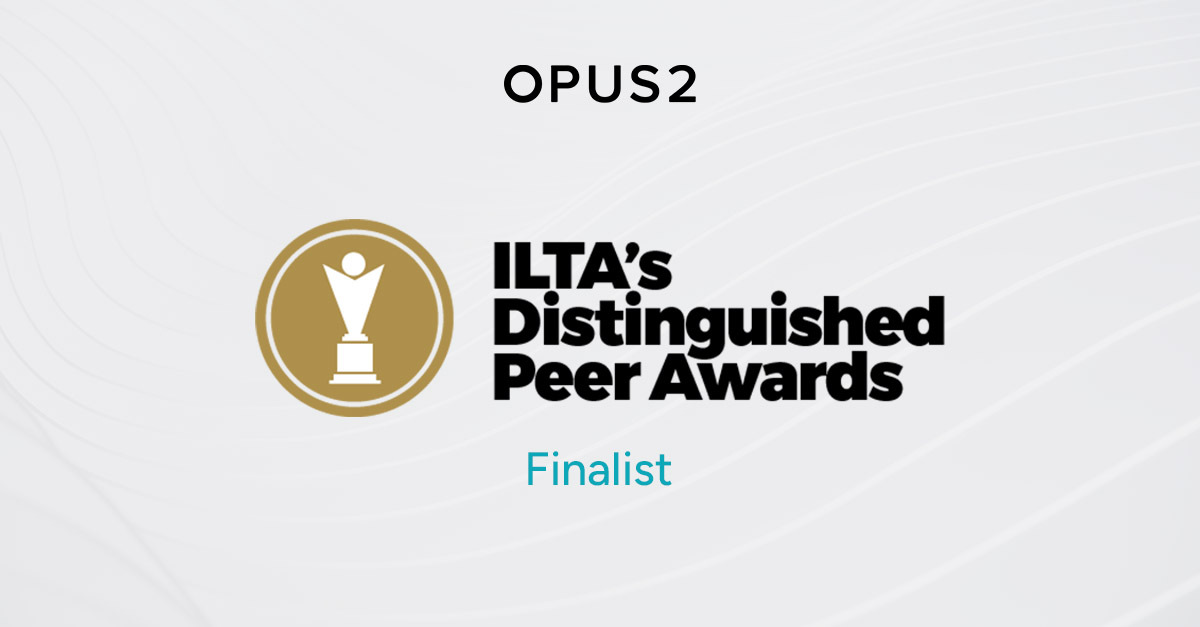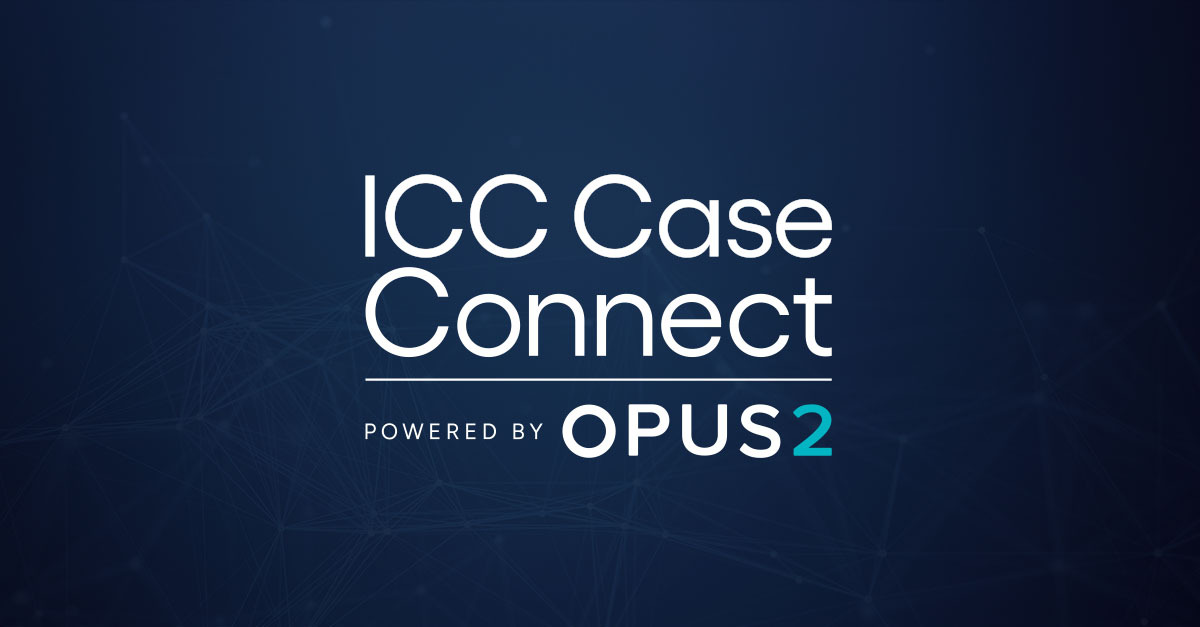With arbitration proceedings becoming increasingly complex and cross-border in nature, technology is playing an essential role in streamlining case management, document review, and hearing logistics. While technology enhances the efficiency and accessibility of arbitration, practitioners must navigate adoption challenges and inconsistent approaches across jurisdictions in pursuit of innovation.
This topic was the focus of a recent panel hosted by the Hong Kong International Arbitration Centre (HKIAC) and Opus 2. Featuring perspectives from experts, the discussion provided valuable insights into emerging trends, overcoming obstacles to adoption, and what lies ahead for arbitration in the region.
Featured experts

The panel explored how technology is shaping arbitration, regional adoption differences, and the increasing focus on sustainability. They highlighted how digital solutions, such as HKIAC’s secure case management system and Opus 2 Hearings are enhancing efficiency and accessibility in arbitration. Here are the key takeaways and insights from the experts.
How AI is changing dispute resolution
Artificial intelligence is increasingly being recognised as a game-changer in arbitration. Although adoption remains relatively low, the panel agreed that AI will significantly impact case preparation, evidence review, and hearings. Two primary examples were discussed: AI agents that automate structured legal workflows and AI-powered platforms designed to enhance arbitration processes.
AI agents, distinct from traditional AI tools, can autonomously execute legal workflows without requiring direct user input at each step. This automation has the potential to improve efficiency by assisting with drafting case summaries and generating cross-examination questions. However, as it stands now, AI agents still struggle with complex, open-ended tasks, and reliability remains a key concern.
The panel also explored how AI-powered tools are being integrated into arbitration workflows, offering functionalities such as document summarisation, real-time transcript search, and multilingual transcription. Unlike general AI applications, purpose-built platforms, like those provided by Opus 2, ensure legal teams can extract meaningful insights while maintaining high security and accuracy. The panel highlighted that a major advantage of purpose-built AI tools is their ability to work seamlessly within the legal team’s private workspace, ensuring both security and reliability in their outputs.
Despite these advancements, AI adoption in arbitration remains in its early stages. While some firms and institutions are eager to explore AI-driven efficiencies, others remain cautious due to concerns around confidentiality, security, and regulatory compliance. The discussion emphasised that the challenge is not simply whether AI can improve arbitration, but how practitioners can integrate it into workflows in a way that enhances—rather than disrupts—existing practices.
Regional differences in arbitration tech adoption
Technology adoption in arbitration varies across jurisdictions, influenced by regulatory frameworks and practitioner preferences. A key discussion point was the difference in adoption trends between Hong Kong and Singapore. A recent survey by Opus 2 and Conventus Law found that Singapore practitioners tend to integrate hearing technology earlier in the arbitration process—more than eight weeks before a hearing—whereas their Hong Kong counterparts typically adopt digital solutions later, within four to eight weeks before proceedings.
Singapore’s proactive regulatory framework has encouraged early adoption, enabling practitioners to experiment with digital tools with minimal friction. In contrast, Hong Kong’s more fragmented regulatory environment can create challenges for seamless implementation. Despite these differences, both jurisdictions are increasingly embracing a digital-first approach, driven in part by the pandemic’s acceleration of remote hearings and digital case management. While Singapore currently leads in early adoption, the panelists agreed that Hong Kong is catching up as arbitration technology becomes more widely accepted across the region.
Overcoming challenges: Trust, security, and training
While legal technology offers clear benefits, the panel acknowledged several challenges that hinder widespread adoption. Confidentiality and security remain top concerns, with many law firms reluctant to embrace AI-powered tools due to fears of data exposure. Certifications such as ISO 27001 and private cloud environments provide safeguards, yet hesitancy persists.
Cost is another significant barrier. Many practitioners, particularly those at smaller firms, question whether investing in new technology will deliver tangible benefits. Additionally, a lack of training often prevents legal professionals from fully utilising digital tools. The panel highlighted that younger lawyers are generally more comfortable with technology while senior practitioners may be less inclined to incorporate digital solutions into their workflows. This knowledge gap can lead to inefficiencies, as those unfamiliar with technology may default to manual processes even when a digital alternative is available.
To address these issues, arbitral institutions, technology providers, and arbitration professionals—including counsel and tribunals—must all take an active role in fostering technology adoption. Institutions and service providers must go beyond offering solutions; they should prioritise onboarding, training, and continuous user education. At the same time, arbitration professionals must proactively seek opportunities to integrate technology into their workflows early, rather than adopting it under pressure mid-proceeding. A collaborative effort is key to ensuring seamless and effective implementation.
Sustainability in arbitration: The digital advantage
Environmental, social, and governance (ESG) considerations are becoming a central focus in arbitration, with institutions such as HKIAC leading the charge in promoting sustainable practices in arbitration. As signatories of the Green Pledge, the HKIAC are actively working to reduce arbitration’s environmental impact through digital case management and incorporating environmental impact assessments into their procedural rules, encouraging more sustainable practices.
The panel discussed how sustainability audits, paperless hearings, and hybrid participation models are helping to lower the carbon footprint of arbitration proceedings. By minimising reliance on physical materials and unnecessary travel, digital solutions are making arbitration not only more efficient but also more environmentally responsible.
Looking ahead: The future of arbitration technology
The panel concluded with a discussion on what lies ahead for arbitration technology. AI is expected to play an even greater role in real-time decision-making, multilingual transcription, and intelligent evidence presentation. However, regulatory risks, cybersecurity concerns, and geopolitical factors could impact access to cloud-based AI services.
For arbitration technology to reach its full potential, it must be designed with the end-user in mind. Intuitive, user-friendly platforms that seamlessly integrate into existing legal workflows will be key to broader adoption. Service providers also have a responsibility to ensure that legal professionals are not only equipped with the right tools but also provided with the training and confidence needed to use them effectively.
A collaborative approach to innovation
As arbitration in APAC continues down the path of digital transformation, institutions, law firms, and technology providers must work together to ensure that innovation enhances efficiency without compromising trust, security, or accessibility. Platforms like Opus 2 are at the forefront of this shift, providing arbitration professionals with the solutions and support needed to navigate the digital future of dispute resolution.
For more insights on how Opus 2’s solutions are driving innovation in arbitration, contact our team to explore how technology can enhance your arbitration practice.

